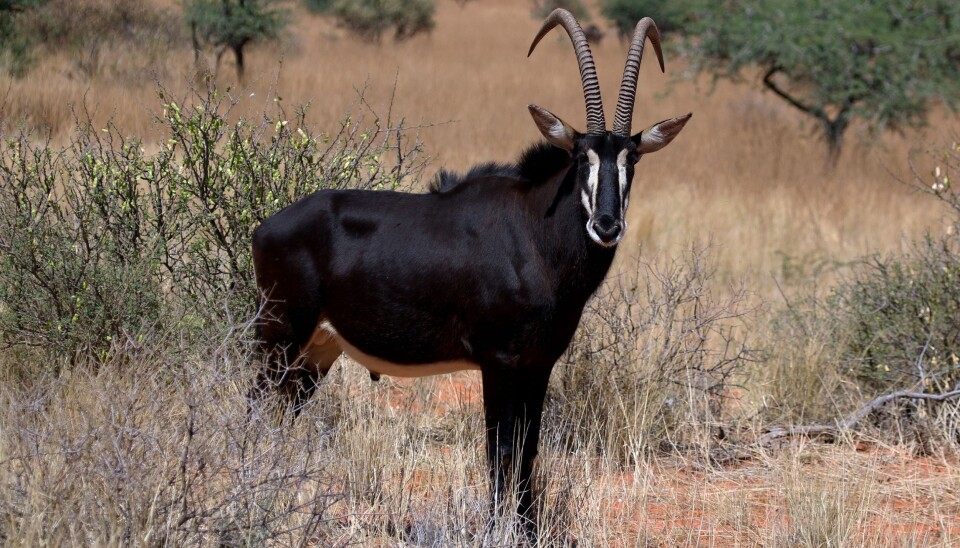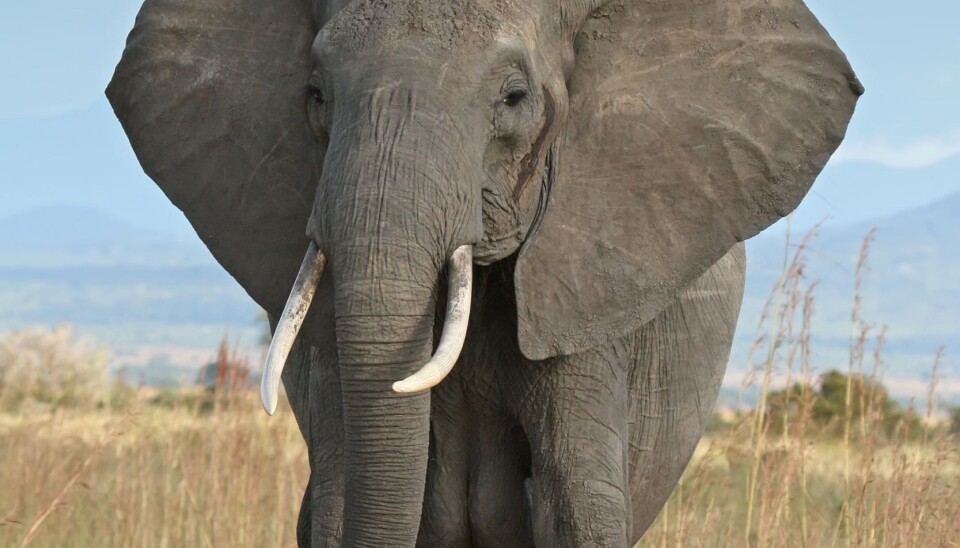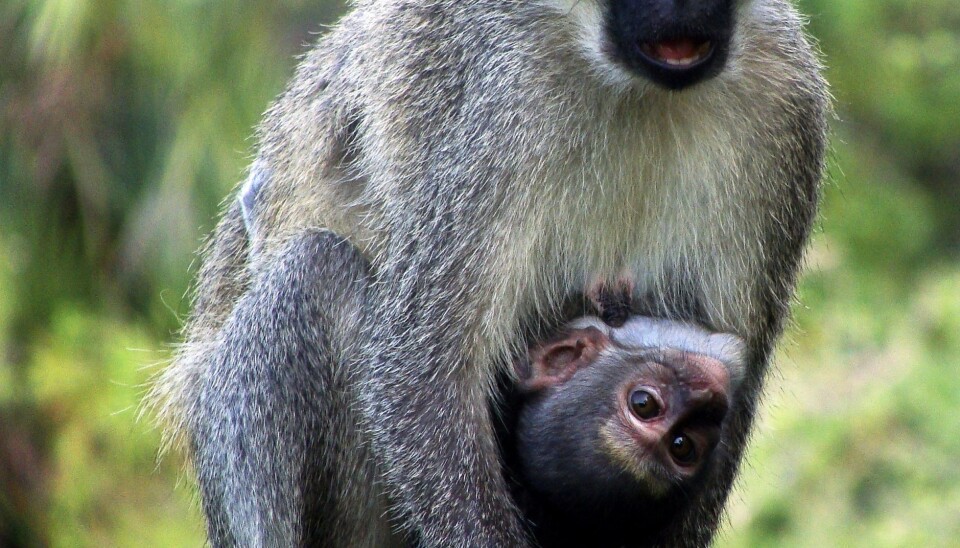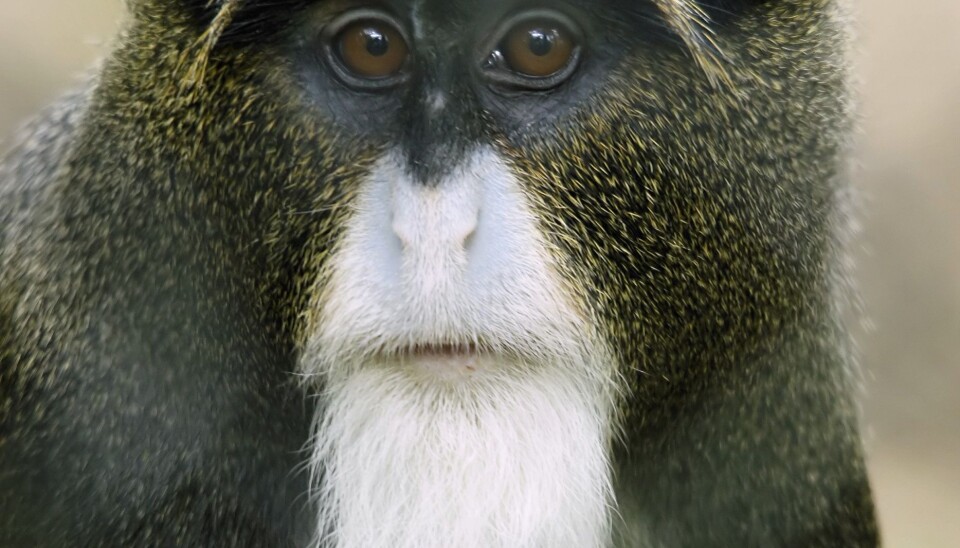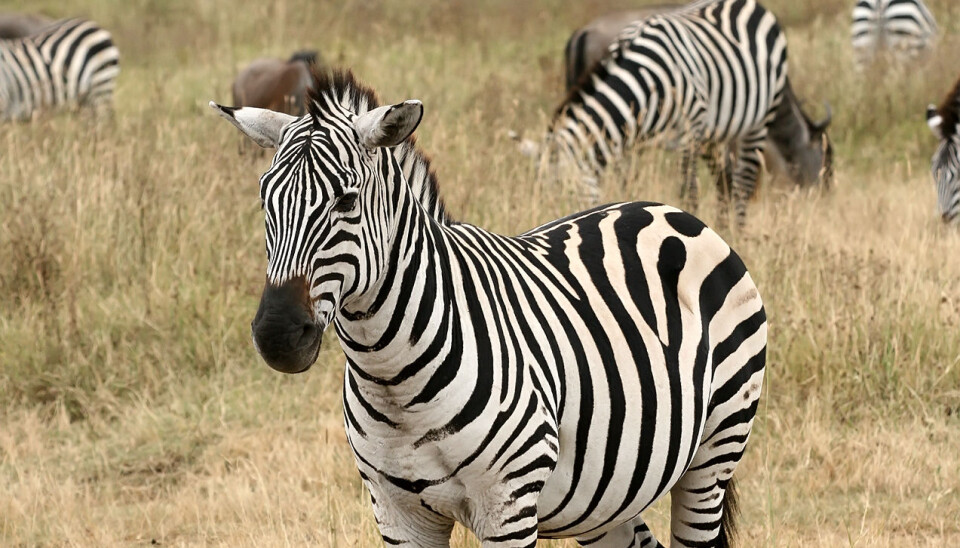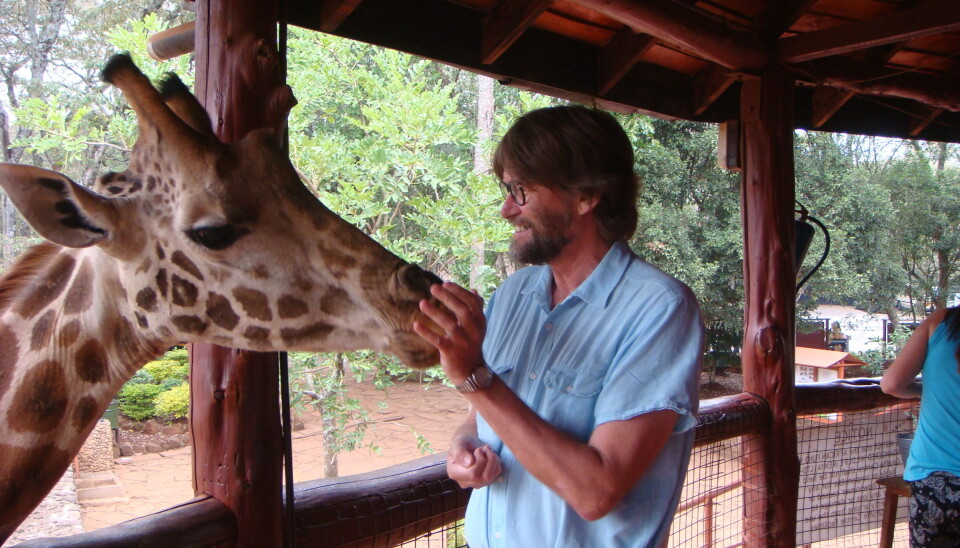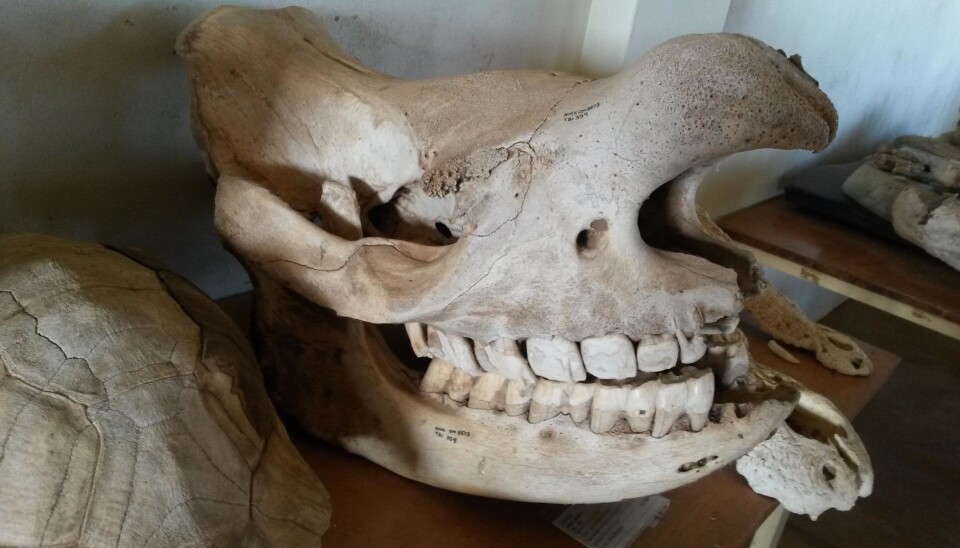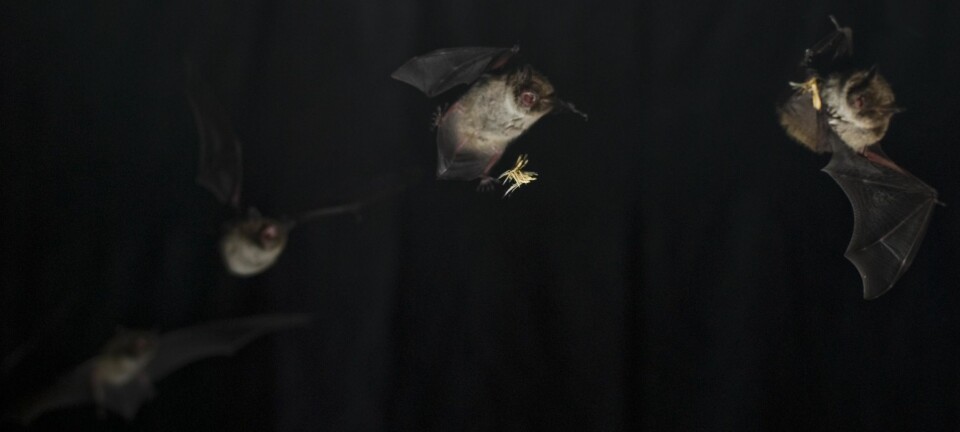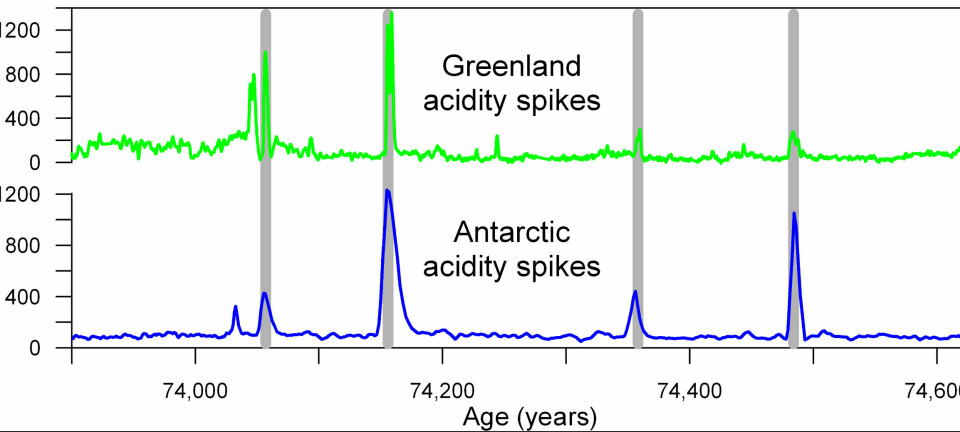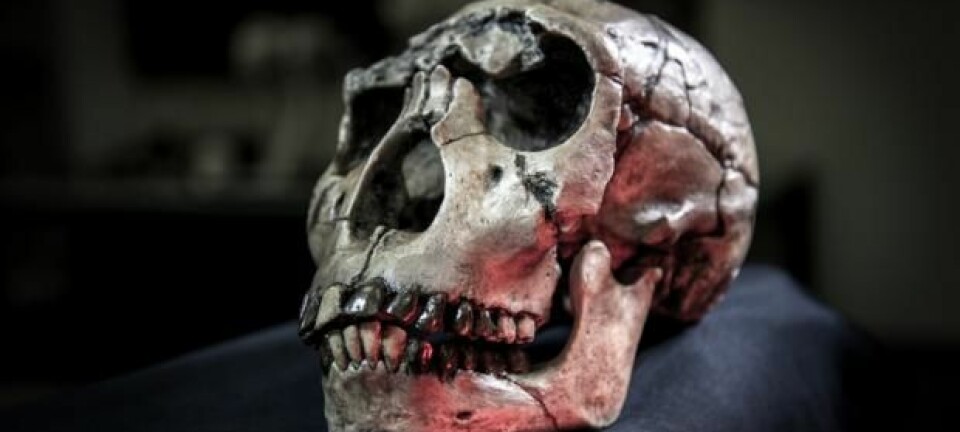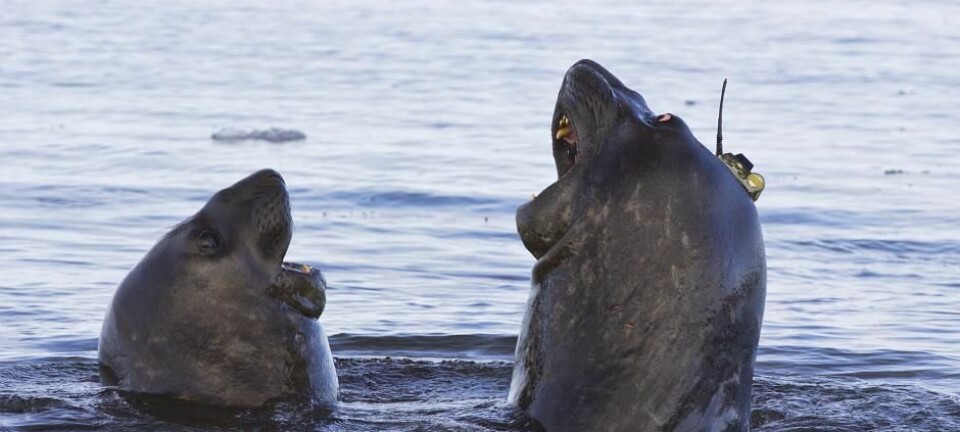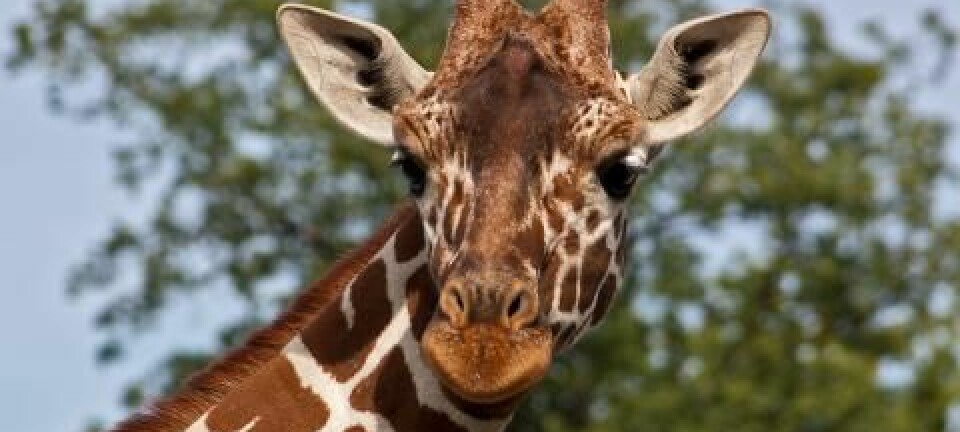Animal teeth record how species live and die
New technique uses animals’ teeth to see how their environment changed throughout their lives.
Picture a giraffe munching away on a scorched patch of leaves in the Nairobi National Park in Kenya. It has been a dry summer, just like the year before and the one before that. All that is left to eat now is the dry, tough vegetation, which gradually wears down and shapes the giraffe’s teeth.
Eventually, the rains will come, but the wear and tear from munching on tough vegetation during those dry summers will be etched on the giraffe’s teeth for the rest of its life.
Now these tell-tale dental traits are providing scientists with fresh insights into the environmental conditions that these leaf-eating animals have experienced throughout their lives.
A new classification scheme, published in the journal PNAS, measures a whole range of dental traits that correlate with periods of extreme climate.
“With this new rich scoring scheme for the first time we can show how dental traits are related to climate and environmental limits,” says lead-author Indre Zliobaite, who researches predictive modelling of biological systems, adaptation, and evolution, at the University of Helsinki and Aalto University, Finland.
Zliobaite and colleagues showed that the animals’ teeth are shaped for the food that they need to eat during times of environmental stress, like drought.
“The environment dictates the vegetation growth and herbivores are the primary users of this growth. In order to be able to make use of what grows there, they have to have specific dental traits,” says Zliobaite.
Studied teeth from giraffes, hippos, and monkeys
Zliobaite and colleagues collected occurrence data of a range of herbivore mammals in 13 national parks throughout Kenya, including giraffes, monkeys, zebras, hippopotamus, and many more. (See the fact box.)
For each species they identified key characteristics of their teeth.
They gave them a score according to their newly developed trait-based scoring system, which they call the Functional Crown Types (FCT) scheme.
This summarises the durability, strength, and cutting power of the animals’ teeth, which they could relate to climate parameters throughout Kenya, such as temperature, precipitation, and the amount and type of vegetation.
“You can use the average [score] for any particular location [in Kenya] to get a rough estimate of how much it rains there. The drier it is, the more you rely on vegetation that is not so soft and nice to chew. It’s also dustier. There are several factors, but basically the less it rains the more the worn teeth become,” says co-author Mikael Fortelius, professor of evolutionary palaeontology in the Department of Geosciences and Geography at the University of Helsinki.
They discovered that the tooth characteristics were most strongly related to the extreme climate parameters, such as minimum or maximum rainfall or temperature, and extremes in the amount and type of vegetation available.
Teeth adapt to survival food
The new results confirm scientists’ long held belief that animal teeth are not shaped by the food they eat on a regular basis, but instead by the less desirable food that they are forced to eat in order to survive during harsh times.
“I and many others have always more or less assumed that [dental traits are not shaped by] the average [climate] conditions. There’s a whole discussion on this, which relates to something called Liem’s paradox,” says Fortelius.
Liem was a scientist who studied fish in African lakes during the 1970s. He is famous for his observation that what the fish enjoyed eating the most, bore little relation to the characteristics of their teeth and jaws.
“The principle became known as Liem’s paradox: that the teeth of animals were not adjusted to their favourite food. This implies that animals are typically adapted to something that they don’t really want to eat, but something that they have to eat in order to survive in certain conditions, so-called fallback foods” says Fortelius.
“As far as we’re aware, this is the first time that we can quantitatively show that animal teeth are adapted to periods of climatic stress,” says Fortelius.
“So the theory is not revolutionary, but it’s been very difficult to demonstrate,” he says, and adds:
“In a way I “knew” all of this already, but that’s not science. What makes it science is that now we can show it, and this came with the combination of the teeth scoring scheme and data, and the climate data and modelling.”
Colleague: Exciting new technique for studying the life and death of extinct species
Using the new dental classification scheme on fossil teeth could help archaeologists understand how animals lived and died in the past.
Anthropologist and African archaeologist Dr Tyler Faith from The University of Queensland, Australia, is excited by the prospect.
“As someone deeply interested in understanding how the Earth’s environments have changed through time, the most exciting part of this work is its implications for the fossil record,” writes Faith in an email to ScienceNordic.
“They have shown that relatively simple traits that describe the morphology of large herbivore teeth are strongly correlated with environmental variables in modern Kenyan ecosystems. The implication is that it should be possible to use the same sets of traits to reconstruct environmental change in the past,” he writes.
Research should be replicated around the world
But there is still a lot of work to do before the technique can be used to study fossil teeth anywhere in the world, says Faith.
“Before this can be done, we need to understand how these relationships work on a much larger scale--not just in Kenya--and across a broader range of environments,” he writes.
“The relationships between morphology and environment are likely to differ in different parts of the world, in part because there are different sets of species involved. So it’s probably too soon to start using the technique right now, but this research sets the stage for what will hopefully become a very useful addition to our fossil tool-kit,” writes Faith.
Fortelius agrees, describing this study as the first step towards this end goal.
“The whole point of doing this is that we want to understand what the past was like--to see why teeth formed the way they did, and what it was like when humans first evolved in Africa. For me this is the next step, and this study is the validation of the method,” he says.
Predict species’ response to climate change
The new technique could also be useful when looking to the future, says Faith.
Asked if the new technique could help in wildlife conservation efforts, his response is a resounding “yes.”
“If their conclusions are correct--and they seem reasonable to me--then we might be able to predict potential responses of species to climate change in the near future,” writes Faith.
“For example, some scientists predict that East Africa will see more droughts in years to come. Those species lacking the dental traits that allow them to cope with extreme droughts are likely to be at risk and may require greater conservation efforts on our part,” he writes.
